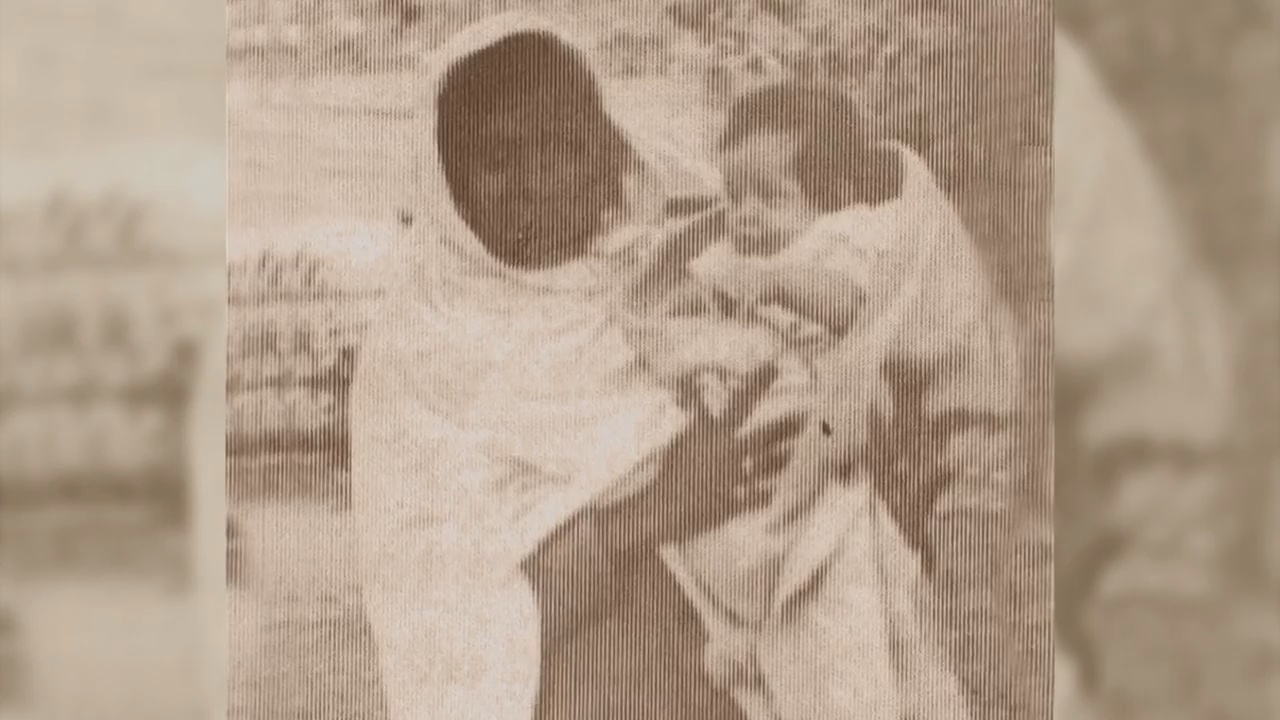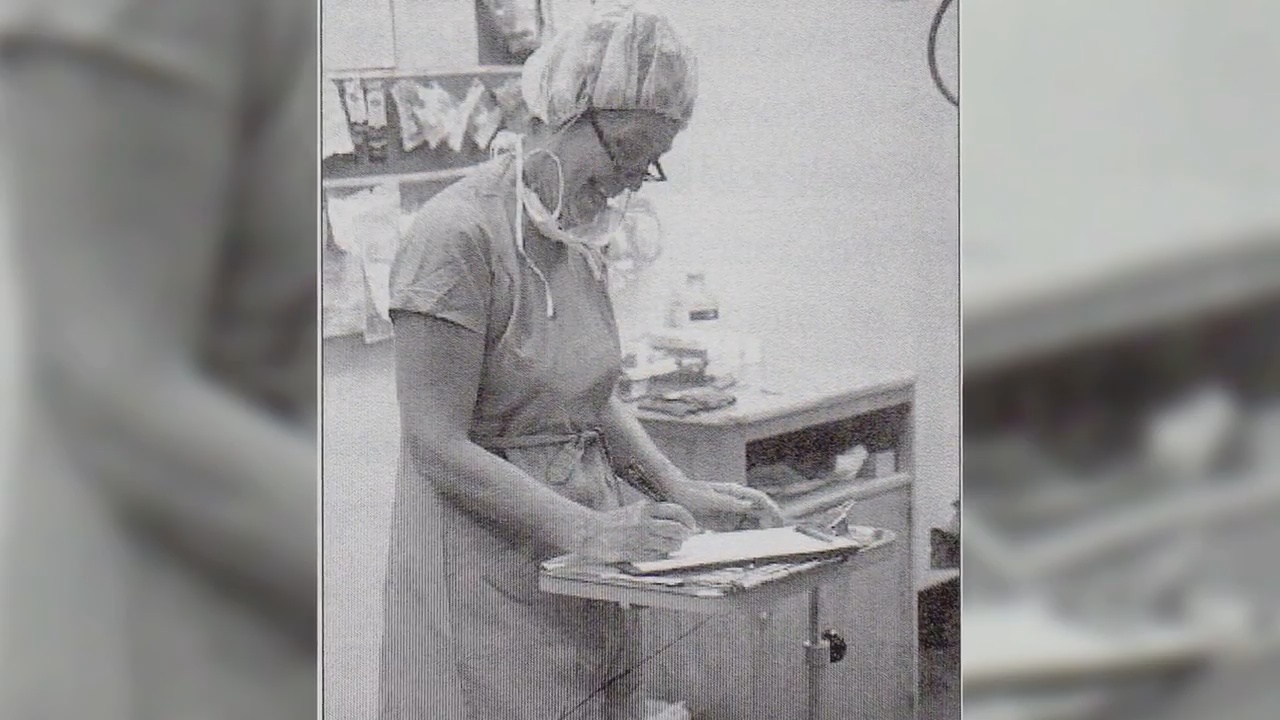One of the benefits of living to the age of 102 is perspective.
American GP Gladys McGarey lived through the Great Depression and the Second World War broke out just as she started medical school. She has survived cancer twice.
She has learnt to accept change and tough times with grace and courage. When her husband of 46 years asked for a divorce, she bought a new number plate for her car: ‘BE GLAD’.
One of the most striking things about Dr McGarey is her strong sense of purpose. It’s the answer she gives to questions about her longevity following the recent publication of her book, The Well-Lived Life. (She also aims for 3,800 steps a day and regularly tours her garden in Scottsdale, Arizona, on her tricycle.)
Put simply, she loves helping people. That’s fundamentally why she’s still offering phone consultations, although she no longer has a licence to practise.
‘If I’d be doing something and I quit, my dad would look at me with his big black eyes and say, “Are you a quitter?” I’d say, “No, no, no, no.”
‘I have this inner drive that says, “You have a mission here. You have work to do. And you’re not done yet.” So, I’m 102. Next year, I’ll be 103, I guess. And we’ll see where it goes.’
My dad would say, 'Are you a quitter?' I’d say, 'No, no, no, no'Dr McGarey
Dr McGarey’s family is full of medics. Her parents were osteopaths and missionaries serving in the Himalayan foothills of India, where Dr McGarey spent the first 15 years of her life. They treated everyone but prioritised the marginalised and ‘untouchables’.
Another strong influence on her desire to help people was a chance encounter with history when she was nine. Out of her train window, she saw a procession led by a ‘small man in a white cloth’. People started pouring out of the windows and running along the roof, shouting, ‘Gandhiji!’ It was 1930 and Gandhi’s Salt March protesting against the hefty taxes the British levied on salt.
 Dr McGarey as a baby in India
Dr McGarey as a baby in India
But not everyone wanted Dr McGarey’s help. She enrolled in an all-female medical school in Philadelphia in 1939, at a time when few accepted women. ‘We were told we had to be tougher and meaner than the men. We started with 50 students and graduated with 25.’
She was the first female intern to work at Deaconess Hospital in Ohio, and the ‘head resident’ took an instant dislike to her. While the male doctors were given a room to sleep in, she had to make do with the X-ray table. She was pregnant and suffering from morning sickness.
Dr McGarey didn’t realise till later that Lucille, the night cleaner, would secretly change the rota on the chalkboard, shifting Dr McGarey’s early shifts to later ones.
 Dr McGarey in the delivery room
Dr McGarey in the delivery room
Always determined, always different, Dr McGarey soon made her mark once she’d qualified as a GP.
A mother of six herself, she became a strong advocate of natural home births, at a time in the 1970s when labour was heavily medicalised.
‘When I was in medical school, we totally anaesthetised the mother. But we shouldn’t “deliver” babies: we deliver pizzas and speeches. Women birth babies. We have taken away the essence of who women are in relationship to the whole life process, including medicine.’
Her embrace of more holistic approaches led her and her husband Bill to co-found the American Holistic Medical Association in 1978.
Today, some of her views about the mind-body relationship remain radical. Yet, other beliefs, including her focus on nutrition and social connection as determinants of health, have become increasingly mainstream.
‘Back then, talking about the inner aspects of our being was woo-hoo. We were called all kinds of names. Things are changing but it isn’t there yet.’
A living force
Dr McGarey shows no bitterness when she says that the years since her divorce have been her best. When her husband left her, she left the clinic in Phoenix where they were business partners, and she set up in practice with her daughter, GP Helene Wechsler, in nearby Scottsdale.
Now a great-great-grandmother, she still cuts a distinctive figure with her crown of white braids: she’s not cut her hair since her 40s.
And she still has a 10-year plan, which does not include retirement. At 86, she visited Afghanistan to support her brother’s project improving health outcomes for women giving birth in rural areas. She has continued to visit and work in India.
You help because you care about that personDr McGarey
Dr McGarey still loves medicine because she still loves people.
‘I don’t see medicine as a war against disease and pain. I see it as a way in which we as physicians can be in touch with the living force within another human being and create a connection. You help because you care about that person. Love is the great healer.’
The Well-Lived Life, published by Penguin Michael Joseph, is out now

